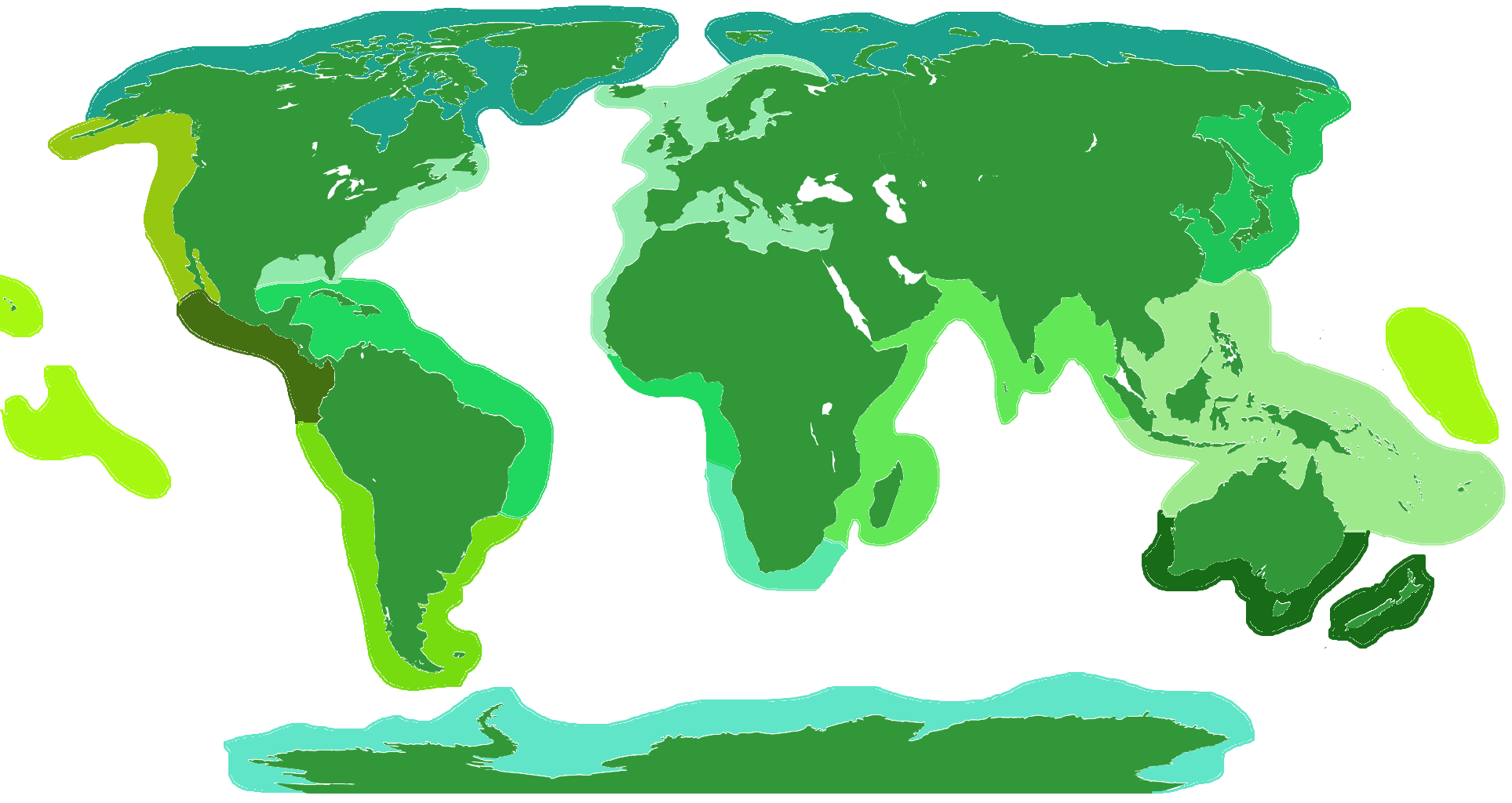Project Seagrass is an international organisation working across the globe to save seagrass.
Protecting and restoring seagrass meadows contributes to the solutions to many global problems such as food insecurity, water quality, wellbeing, and gender equality, as well as the more well known issues of biodiversity loss and climate change.
Saving seagrass requires a holistic approach of action at local, regional and global scales.
Click on the areas below to discover more about our projects and where we work:
Project Seagrass is an international organisation working across the globe to save seagrass.
Protecting and restoring seagrass meadows contributes to the solutions to many global problems such as food insecurity, water quality, wellbeing, and gender equality, as well as the more well known issues of biodiversity loss and climate change.
Saving seagrass requires a holistic approach of action at local, regional and global scales.
Click on the areas below to discover more about our projects and where we work:

We do not currently work in this region
Encompasses Antarctica - The only are which is not known to contain any seagrass species
We do not currently work in this region
We do not currently work in this region
We do not currently work in this region
We do not currently work in this region
We do not currently work in this region
We do not currently work in this region
We do not currently work in this region
At Project Seagrass we believe that building a community around seagrass ecosystems is the best approach to generate both an awareness and understanding of these critical ecosystems and the marine environment more broadly.
One of our core aims is to raise an awareness of the marine environment and the issues facing our seagrass meadows around the world. Working across sectors we can work collaboratively to educate and inspire the next generation, and in turn advance the conservation of not only seagrass, but the environment as a whole for the future.
At Project Seagrass, we recognise that the pressures on our oceans are urgent. Since our inception, we’ve been focused on applied seagrass ecosystem research, geared towards making an impact in the real world.
Our research work is interdisciplinary, global and involves collaborators at a number of internationally leading institutes.
As a dedicated team of seagrass conservation scientists, we’ve lead and contributed to over 70 peer-reviewed scientific articles.
At Project Seagrass, we know that by monitoring seagrass meadows, we can keep an eye on how they’re doing. And through underwater gardening, we can actively replant our lost seagrass meadows.
Saving our seagrass means working together. We believe collaboration is key which is why our projects are a collaboration between key partners, funders and communities all working towards a world where seagrass meadows are thriving.